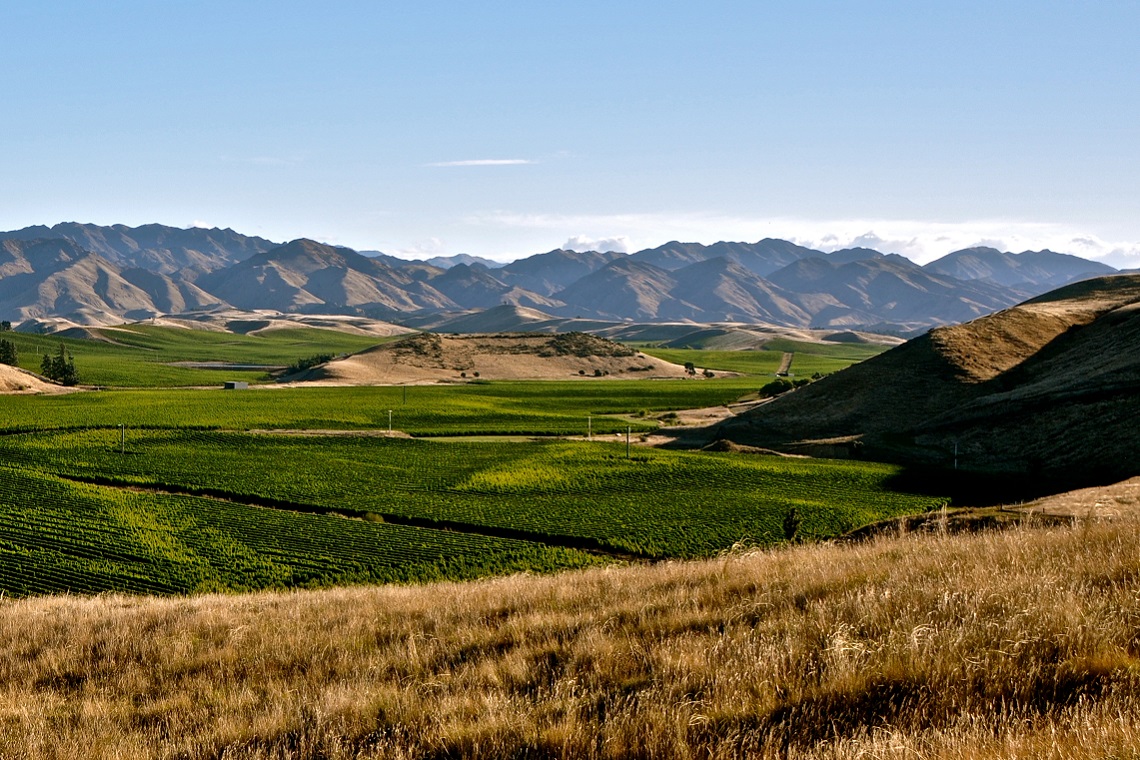By James Wells
Marlborough Sauvignon Blanc producers have seen strong global buyer interest following the introduction of products featuring wild yeast fermentation.
Major New Zealand wineries at the recent ProWein trade exhibition in Dusseldorf told TheShout they have been inundated by requests from global buyers for wild ferment Marlborough Sauvignon Blanc and in many cases the products are selling out.
Pernod Ricard Winemakers global ambassador, Jim Robertson said the wine which was most in demand from global buyers at ProWein was his Marlborough Sauvignon Blanc with wild yeast fermentation.
“This year at ProWein we have been taking global buyers through a number of different innovations. The one that has been very popular for us has been the Stoneleigh Wild Valley which is 100 per cent wild ferment with about a 30 per cent barrel fermentation. Everyone has got Marlborough regional blends and stainless steel ferments but buyers are clearly looking for what is new and what is next – so to be able to talk about sub-regionality and single vineyard or barrel ferment and wild yeast fermentation keeps people interested and intrigued and we continue to grow the category which is what it is about,” Robertson said.
Brent Marris from Marisco was equally ebullient about his aged Marlborough Sauvignon Blanc.
“We are particularly proud of our Pride & Glory 2011 Marlborough Sauvignon Blanc, that we have fermented because it does not exhibit the green grassy herbaceous that you expect from Marlborough Sauvignon Blanc – it has tropical, wild ferment characters and if anyone gets their hands on it, they are going to enjoy it.
“We believe that wild ferment is not necessarily a trend yet, but it is somewhere we can push the boundaries of winemaking,” Marris said.
Peter Yealands said he was overwhelmed with the response from his wild ferment Marlborough Sauvignon Blanc.
“We have a wild ferment Sauvignon Blanc under the Crossings label and it has taken off to the point where we are now out of stock. We didn’t have massive quantities, but we find those boutique products are best introduced in small volumes and when they sell out they create their own added value,” he said.

